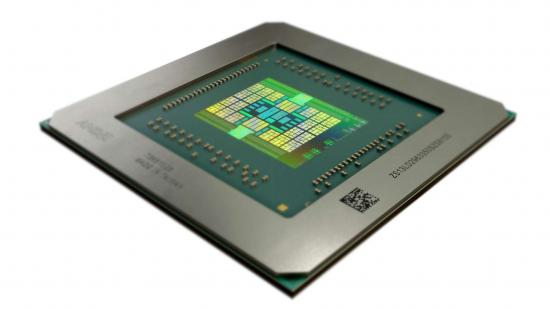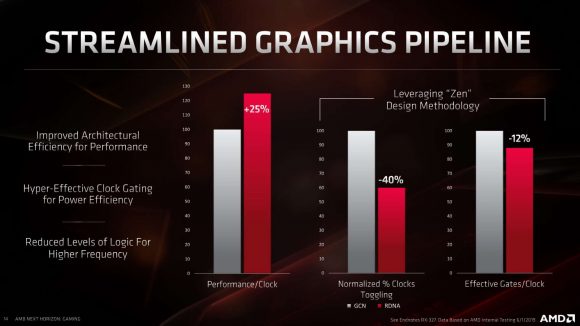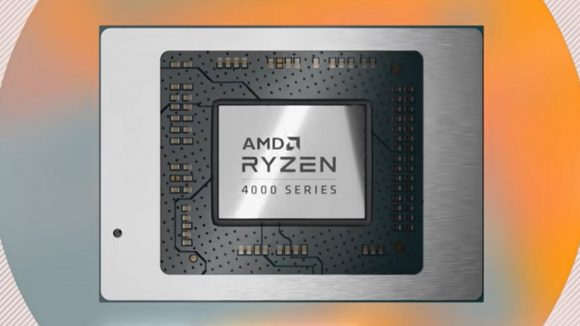AMD’s upcoming RDNA 2.0 graphics architecture isn’t just about the introduction of real-time ray tracing support, the latest rumours claim optimisation work, born of the work the red team put in on the Zen CPU side, will pay huge dividends for the next-gen Radeon GPUs.
Back in 2018 it was reported that AMD’s Suzanne Plummer had assembled a team to shift over to the Radeon Technologies Group with the specific goal of improving the efficiency of its graphics architectures with a view to boosting the overall clock speed of its chips. Plummer had been a key architect on the initial Zen CPU design, and the ‘Project Zen’ optimisation team was then to inject a little of that same magic into upcoming AMD GPU designs.
Now it sounds like the RDNA 2.0 architecture will provide more evidence of the efficacy of that approach, with a new report claiming that the Zen design optimisation philosophy is now deeply ingrained in the GPU team and the next slew of consumer graphics cards will give AMD cards a real chance to compete on an even footing with Nvidia.
To be fair the original RDNA GPU architecture, first made silicon flesh in the Radeon RX 5700-series of cards, showed the impact of the Zen design methodology. AMD spoke about that at the launch of the RX 5700 XT where the streamlined graphics pipeline of the RDNA architecture was largely thanks to this focus on optimisation and efficiency of design.
But the story on Red Gaming Tech suggests that the second-gen RDNA technology is “a drastic improvement over the first” precisely because of the work that Suzanne Plummer and her ‘Project Zen‘ team have put in. The source of the information says that the performance improvements demonstrated by the bump in Vega performance between the new Renoir APUs and their Picasso forebears are just a hint of what you should expect between first and second-gen RDNA cards.
Because the schedules just didn't line up. But each Vega CU in 3rd Gen Mobile is 59% faster than 2nd Gen.
— Robert Hallock🌹 (@Thracks) January 9, 2020
For the record Robert Hallock has gone on record stating that each Vega compute unit in a third-gen Ryzen APU is around 59% faster than the Vega CUs in the second-gen Picasso APUs. But I wouldn’t necessarily expect that to be the level of improvement you’ll see moving to RDNA 2.0 – the 7nm+ lithography will help, but not that much…
But with the expected improved efficiency of RDNA 2.0 cards that ought to mean higher clock speeds will be achievable. The GPU at the heart of the Sony PS5 is based on the Navi GPU design, has real-time ray tracing support, and sounds a lot like it could be at least tentatively operating using the RDNA 2.0 architecture. And that GPU is reportedly running at over 2GHz, which in a console form factor would be seriously quick.
We don’t know when to expect actual graphics cards released using the new second-gen RDNA design, but the latest speculation is that a summer release sounds likely. Following precisely a year on from the RX 5000-series launch at E3 2019 with an RX 6000-series release around the same time does make some sense. And we know Dr. Lisa Su is giving us a high-end Navi GPU this year…


